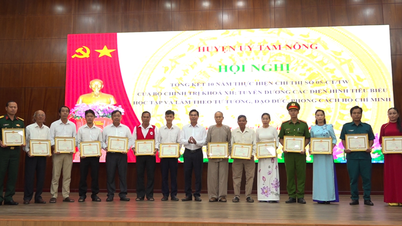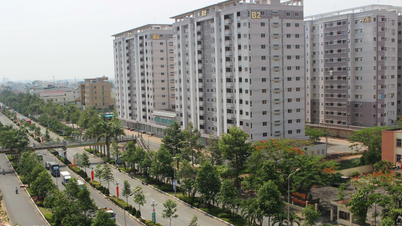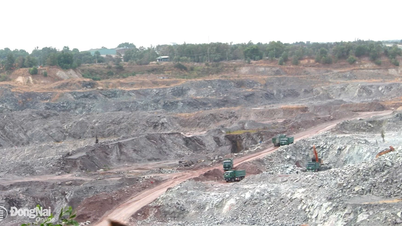In the next 12-24 hours, flood on Thao River in Yen Bai will continue to fall below alert level 1; Lo River in Tuyen Quang will fall below alert level 1, Red River in Hanoi will slowly fall below alert level 2.
According to the National Center for Hydro-Meteorological Forecasting, the flood on the Thao River in Yen Bai continues to fall below alert level 2; the Lo River in Tuyen Quang falls to alert level 1 and Vu Quang will fall above alert level 1; the Cau River continues to fluctuate at its peak above alert level 3; the Thuong River continues to fluctuate at its peak above alert level 3; the Luc Nam River will change slowly to alert level 3; the Thai Binh River will change slowly to alert level 3; the Hoang Long River is rising slowly above alert level 3; the Red River in Hanoi continues to fall to alert level 2.
In the next 12-24 hours, the flood on Thao River in Yen Bai will continue to fall below alert level 1; Lo River in Tuyen Quang and Vu Quang will fall below alert level 1; Cau River will fall slowly but still above alert level 3; Thuong River will fall slowly but still above alert level 3; Luc Nam River will fall slowly but still above alert level 3; Thai Binh River will change slowly above alert level 3; Hoang Long River will fall slowly above alert level 3; Red River in Hanoi will fall slowly below alert level 2; and above alert level 1.
Meteorological experts warn that in the next 24 hours, water levels at downstream stations of the Red River-Thai Binh river system will rise to alert level 3 and above alert level 3.
Rising flood water levels cause flooding in low-lying areas along rivers, alluvial areas outside the main dike, causing the riverbank dykes to overflow, and landslides of dykes and embankments that can seriously affect vulnerable locations along rivers in the following provinces and cities: Hanoi, Ha Nam, Nam Dinh, Hai Duong, Hung Yen, Thai Binh, Ninh Binh.
Floods on rivers and streams cause flooding in low-lying areas along rivers, encroachment of river banks, many areas of floating flats in the middle of the river are deeply flooded, affecting waterway traffic, aquaculture, agricultural production and socio-economic activities, especially in the lower reaches of the Red River - Thai Binh River.
According to Mr. Vu Duc Long, Director of the Department of Hydrometeorological Forecasting Management, General Department of Hydrometeorology, the water level of some upstream rivers such as Thao River has peaked and is decreasing.
Hoa Binh Hydropower Reservoir has closed all its spillways, and Tuyen Quang Reservoir has also closed one more spillway. This helps reduce the amount of water flowing from upstream to downstream.
However, the disadvantages still exist as the water level on the Thao River has decreased but is still high and receding very slowly, especially in the downstream delta area.
In addition, most stations on the rivers have appeared at alert level 3 or higher. Some rivers have appeared at historical water levels, so the drainage capacity will be slow.
Mr. Vu Duc Long recommends that people need to monitor and update forecast and warning information on the website of the National Center for Hydro-Meteorological Forecasting, provincial and regional Hydro-Meteorological Stations and information updated on mass media from central to local levels to promptly respond and reduce damage.
Vietnamplus.vn
Source: https://www.vietnamplus.vn/trung-tam-du-bao-khi-tuong-thuy-van-quoc-gia-lu-tren-cac-song-co-dau-hieu-giam-post976286.vnp


![[Photo] Ready for the top competitions of Vietnamese table tennis](https://vphoto.vietnam.vn/thumb/1200x675/vietnam/resource/IMAGE/2025/5/18/9c547c497c5a4ade8f98c8e7d44f5a41)



![[Photo] Many young people patiently lined up under the hot sun to receive a special supplement from Nhan Dan Newspaper.](https://vphoto.vietnam.vn/thumb/1200x675/vietnam/resource/IMAGE/2025/5/18/6f19d322f9364f0ebb6fbfe9377842d3)
![[Photo] Party and State leaders attend the special art program "You are Ho Chi Minh"](https://vphoto.vietnam.vn/thumb/1200x675/vietnam/resource/IMAGE/2025/5/18/6895913f94fd4c51aa4564ab14c3f250)























































































Comment (0)